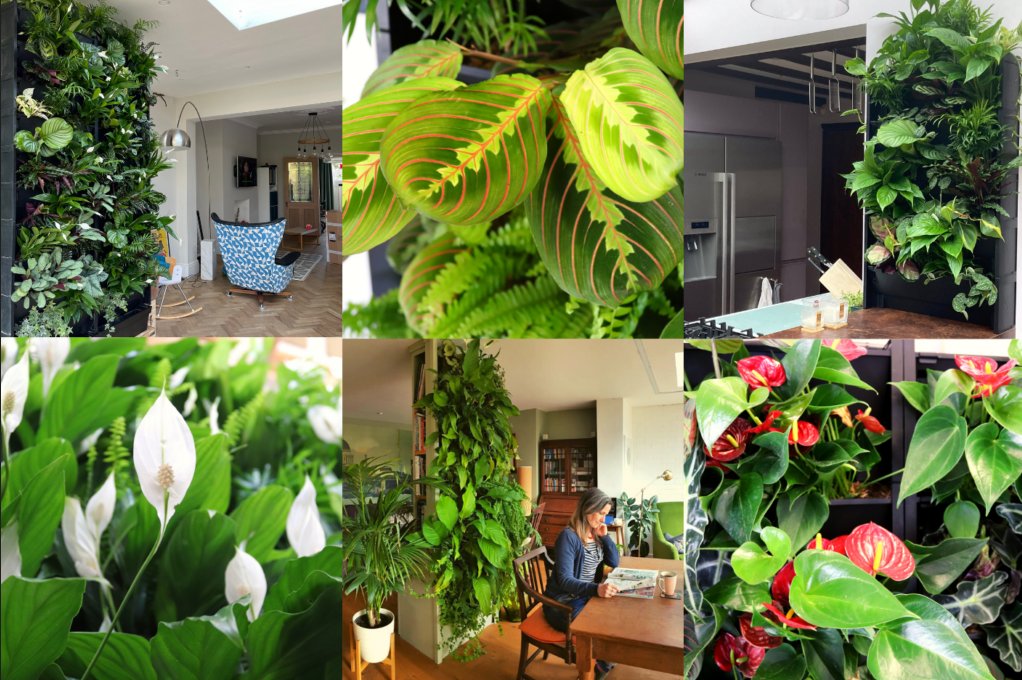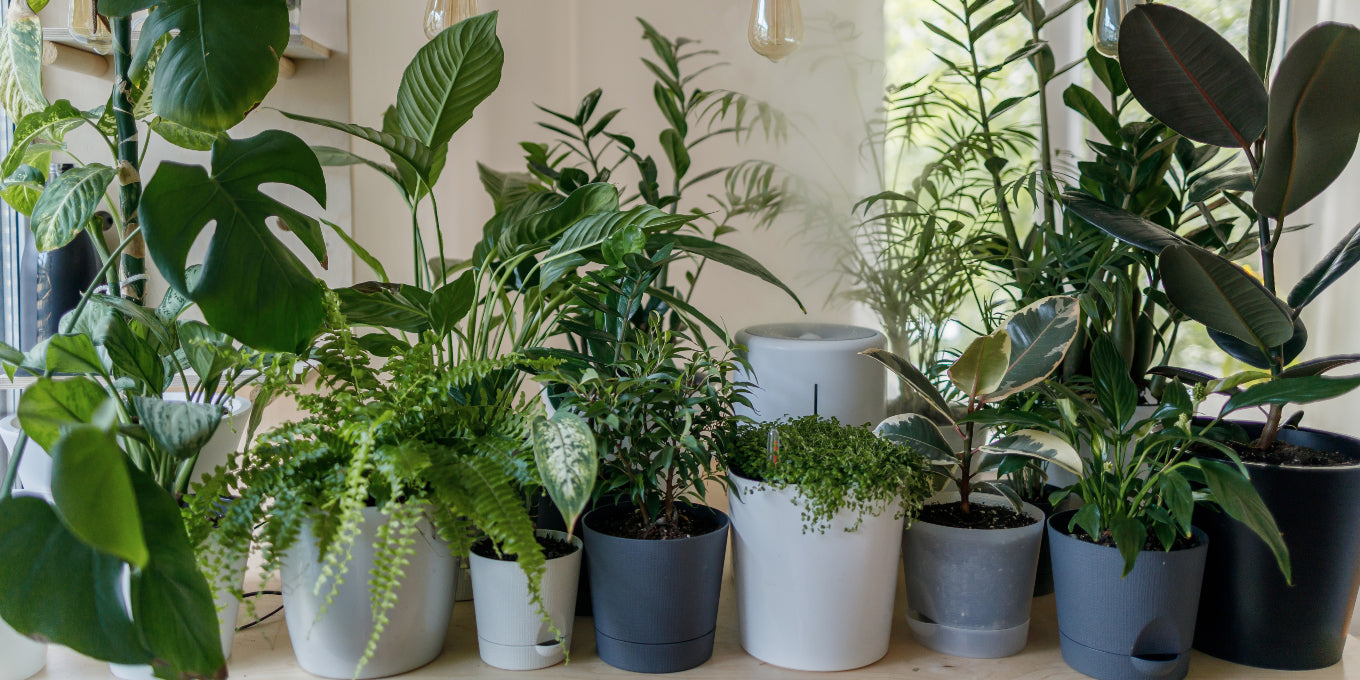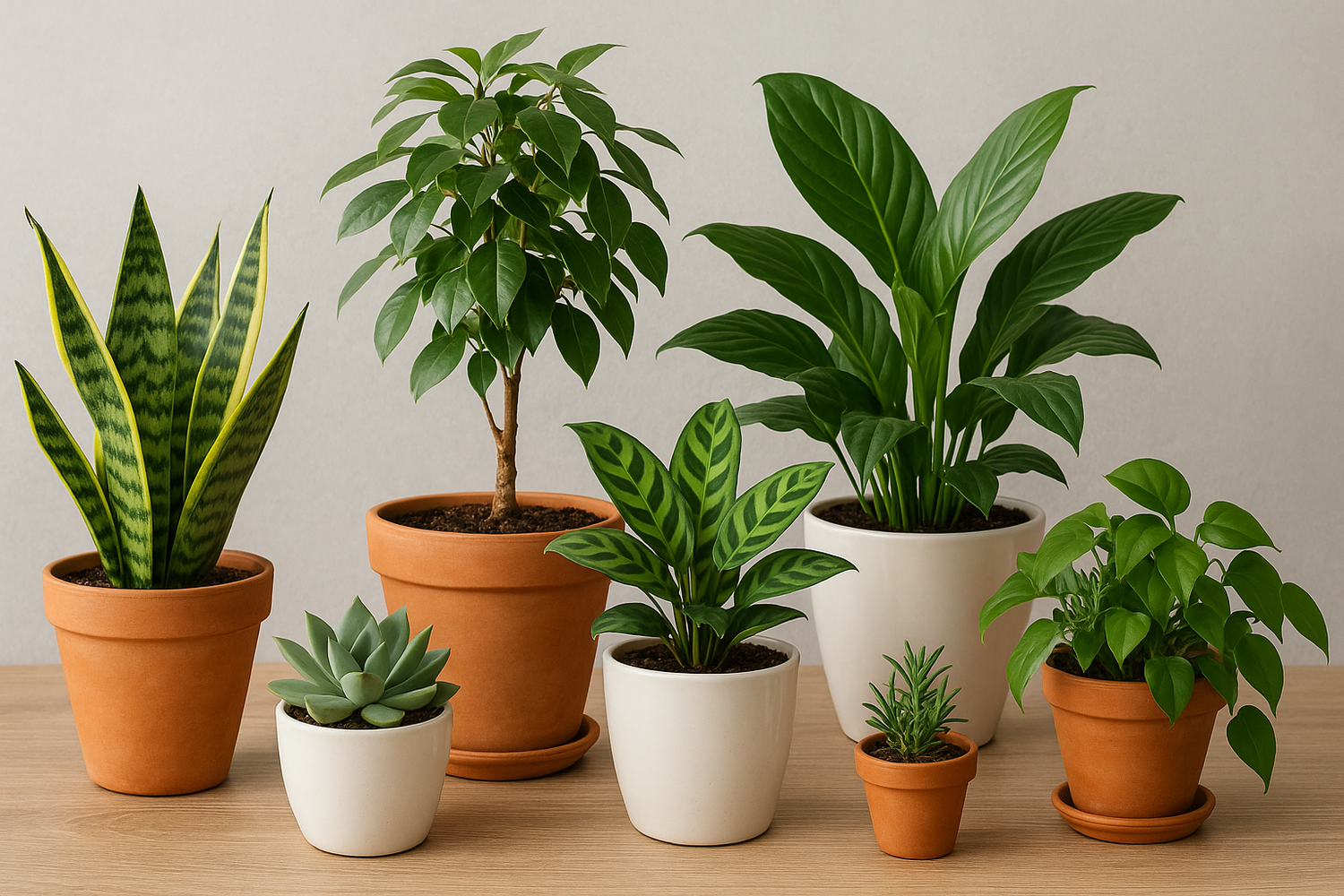Succulents have a reputation for being virtually indestructible. Their water-storing abilities, minimal upkeep, and beautiful forms make them the perfect houseplant for both beginners and busy homeowners. But while they’re low-maintenance, they’re not no-maintenance.
In fact, many new plant owners unknowingly make mistakes that can lead to root rot, stretched-out growth, or even dead plants. To help you avoid these pitfalls, here’s a practical guide to the most common succulent care mistakes—and how to fix them.
1. Overwatering Succulents
One of the most common (and fatal) mistakes is overwatering. Unlike traditional houseplants, succulents are adapted to store water in their leaves, stems, and roots. Too much water suffocates the roots and leads to root rot, which is often irreversible.
Signs You’re Overwatering:
-
Mushy, translucent leaves
-
Black or brown spots at the base
-
Leaves dropping off easily
-
Musty or rotting smell from the soil
Quick Fix:
-
Always let the soil dry out completely between waterings
-
Water deeply but infrequently (once every 2–3 weeks is typical)
-
Adjust frequency based on season (less in winter)
2. Using the Wrong Soil
Succulents need fast-draining soil to thrive. Regular potting soil retains too much moisture, which can quickly become a death sentence for your plant.
Why It’s a Problem:
-
Poor drainage leads to soggy roots
-
Fungal growth and bacteria thrive in moist environments
Quick Fix:
-
Use a succulent or cactus-specific soil mix
-
You can also make your own by combining potting mix with sand, pumice, or perlite
-
Always ensure the pot has a drainage hole
3. Not Enough Sunlight
Succulents are sun-loving plants. Without enough light, they begin to stretch, a process called etiolation. The plant grows tall, leggy, and loses its compact beauty.
Symptoms of Low Light:
-
Pale or faded color
-
Long, stretched stems
-
Leaves spaced far apart
Quick Fix:
-
Place them in a south or west-facing window
-
Indoor succulents need at least 6 hours of bright, indirect light
-
Rotate the pot weekly for even growth
4. Using Pots Without Drainage
Succulents in containers without drainage holes are prone to waterlogging. Even with the right watering schedule, trapped water can still cause root issues.
Why It’s a Problem:
-
Standing water collects at the bottom
-
Roots suffocate and rot quickly
Quick Fix:
-
Always choose pots with drainage holes
-
Avoid glass containers or terrariums unless used temporarily
-
If stuck with a pot without drainage, add a thick layer of rocks and be extremely conservative with water
5. Ignoring Seasonal Changes
Succulents have natural growth and dormancy cycles. Watering and care should adjust depending on the time of year.
Mistake:
-
Watering too frequently during winter when the plant is dormant
Quick Fix:
-
Water less in colder months (every 4–5 weeks may be enough)
-
Resume regular watering in spring and summer when growth is active
6. Overcrowding Your Plants
Succulents look stunning in mixed arrangements, but planting them too close together can restrict airflow and encourage mold or pests.
Why It’s a Problem:
-
Poor ventilation encourages mealybugs or mildew
-
Roots compete for nutrients and water
-
Makes replanting or treating sick plants difficult
Quick Fix:
-
Leave enough space between plants in a container
-
Re-pot crowded plants into individual containers if needed
7. Misting Instead of Watering
Misting is popular with tropical houseplants, but it’s not effective for succulents. These desert natives need water to reach their roots—not sit on their leaves.
Why It’s a Problem:
-
Doesn’t hydrate the roots
-
Increases humidity around the plant
-
Promotes fungal issues on leaves
Quick Fix:
-
Water directly at the base of the plant
-
Avoid getting water on the leaves, especially in cooler environments
8. Letting Pests Take Over
While generally pest-resistant, succulents can attract mealybugs, spider mites, and fungus gnats, especially when stressed from overwatering or low light.
Signs of Infestation:
-
White cotton-like clusters on leaves or stems
-
Tiny webs or bugs
-
Sudden leaf drop or discoloration
Quick Fix:
-
Wipe affected areas with rubbing alcohol using a cotton swab
-
Use insecticidal soap if needed
-
Quarantine affected plants to prevent spread
9. Not Repotting When Needed
Succulents do grow—slowly, but surely. A plant left in the same pot for too long can become root-bound, stunting its growth.
Signs It’s Time to Repot:
-
Roots coming out of the drainage hole
-
Slowed growth despite proper care
-
Soil dries out too quickly
Quick Fix:
-
Repot every 1–2 years
-
Choose a slightly larger pot with fresh succulent mix
-
Do this in spring for best results
10. Assuming All Succulents Have the Same Needs
Different species of succulents have different light, water, and temperature preferences. Treating them all the same can lead to under or over-care.
Examples:
-
Aloe prefers more light and less water
-
Haworthia tolerates lower light
-
Echeveria dislikes humidity but craves full sun
Quick Fix:
-
Always research the specific type of succulent you’re caring for
-
Tailor watering and light exposure to its native habitat
Final Thoughts
Succulents are more forgiving than many plants, but they still require some basic understanding to truly thrive. Avoiding these common succulent care mistakes can make the difference between a droopy, struggling plant and a vibrant, resilient one.
Whether you're curating a stylish indoor succulent garden or keeping a single potted cactus on your desk, understanding your plant’s real needs will reward you with long-lasting beauty.





